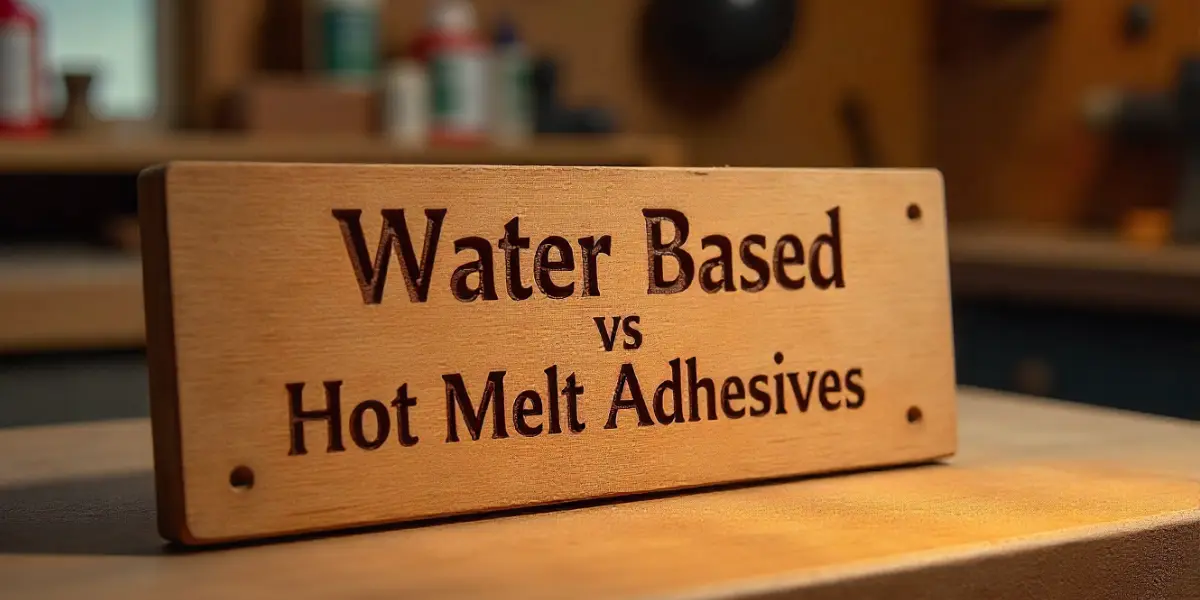
Water Based vs Hot Melt Adhesives: Which Industrial Adhesive is Best for Your Packaging Process?

Water Based vs Hot Melt Adhesives: Which Industrial Adhesive is Best for Your Packaging Process?
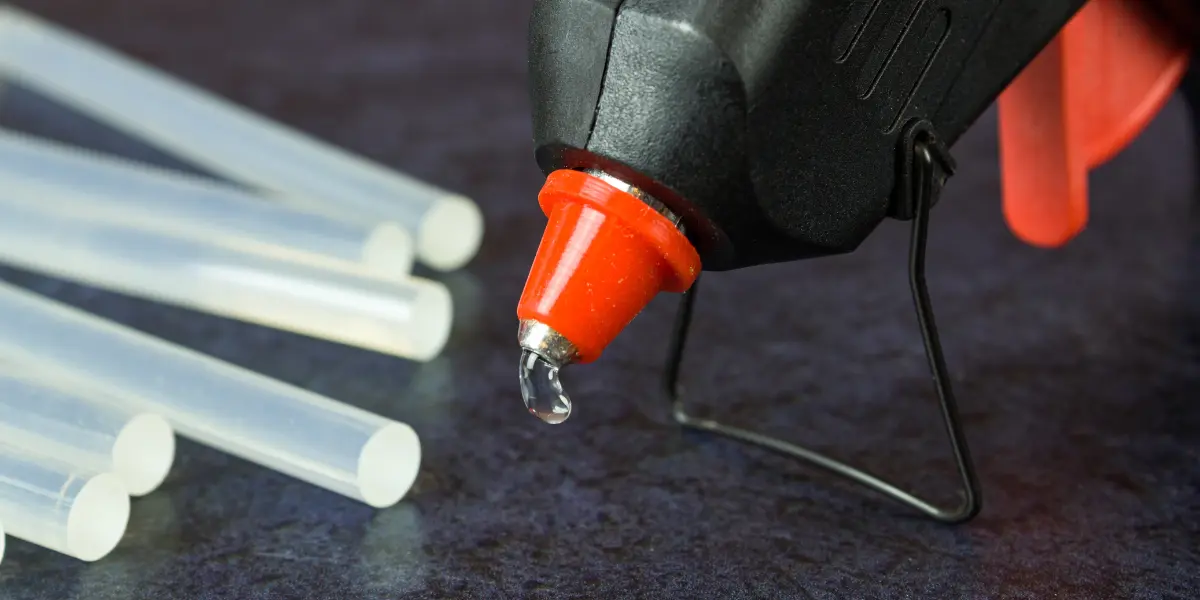
Common water based adhesive applications include:
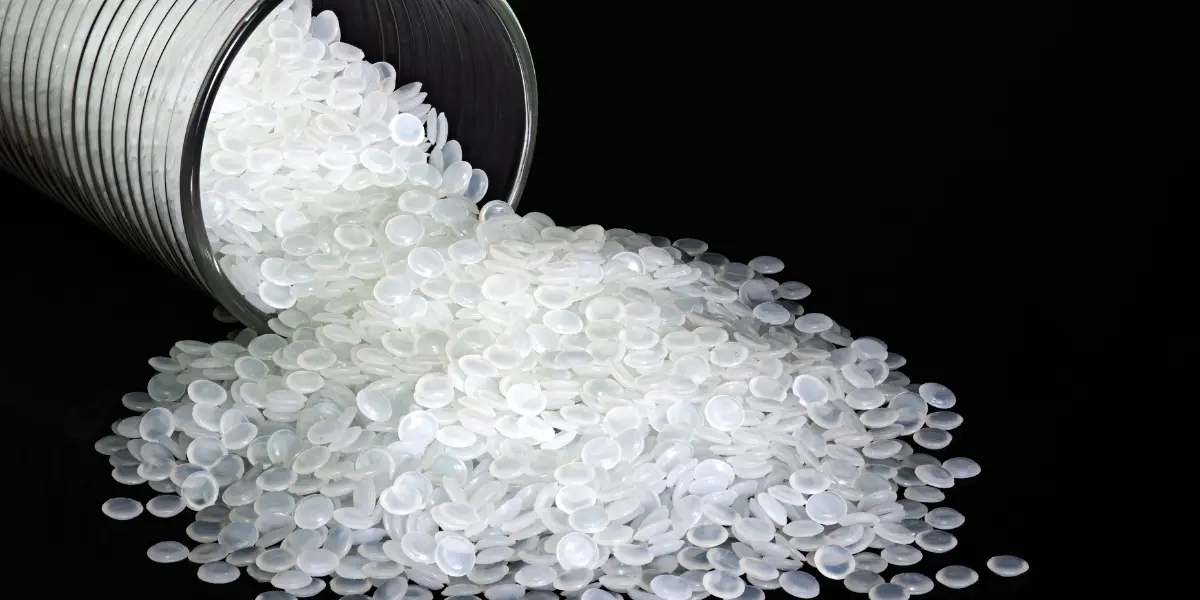
Typical hot melt adhesive applications include:
There are several types of hot melt adhesives, such as:
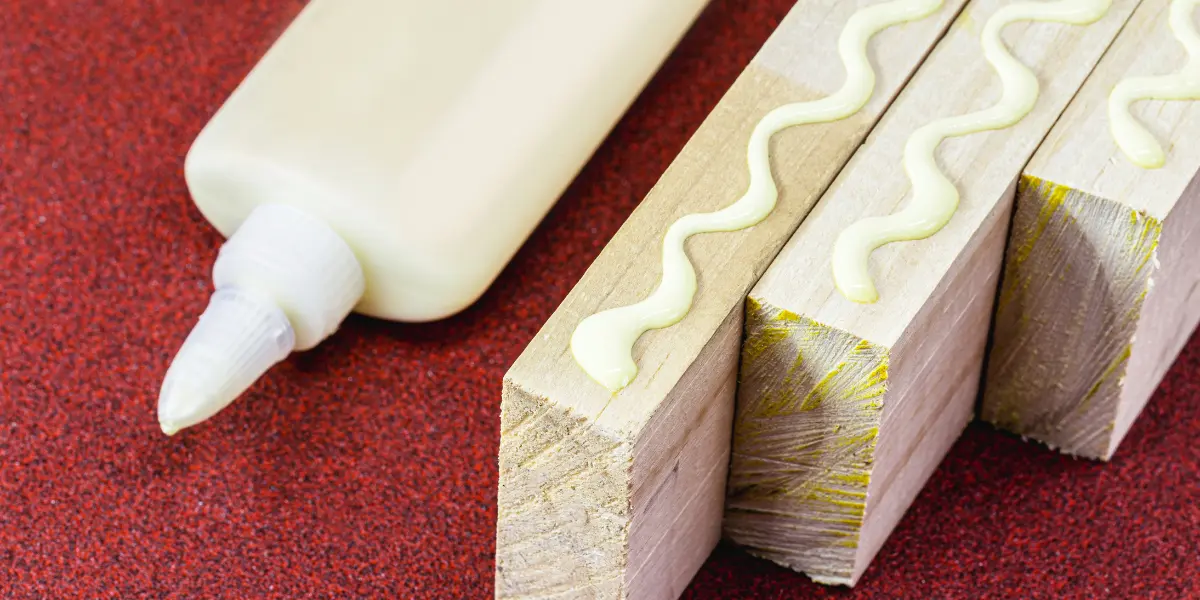
Hot Melt Adhesives:
Water Based Adhesives:
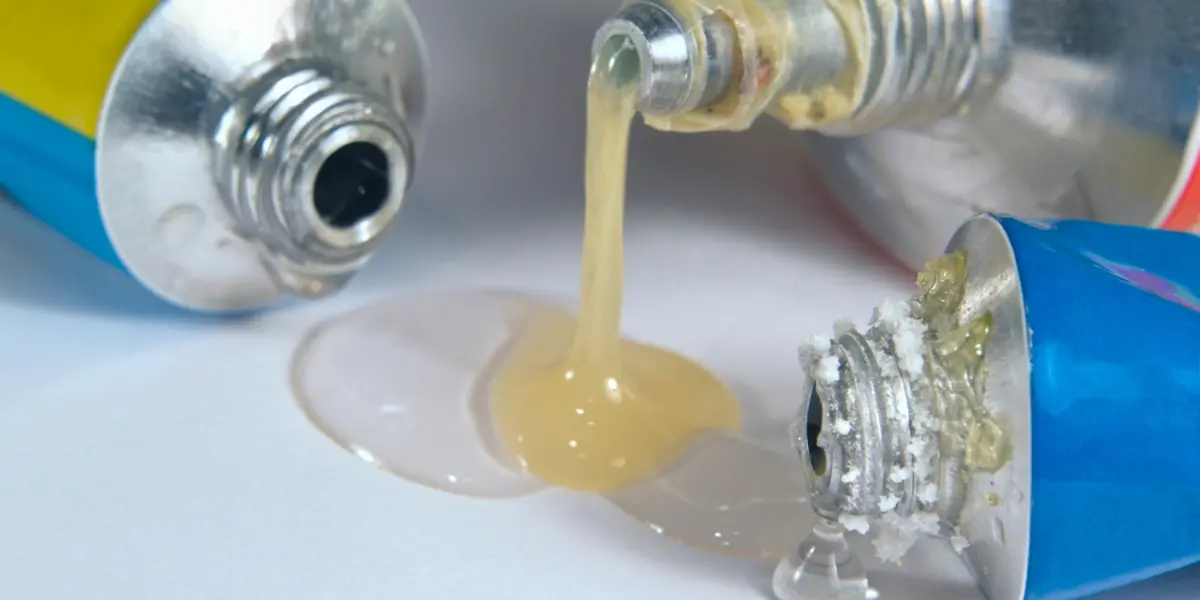
Hot Melt Adhesives:
Water Based Adhesives:
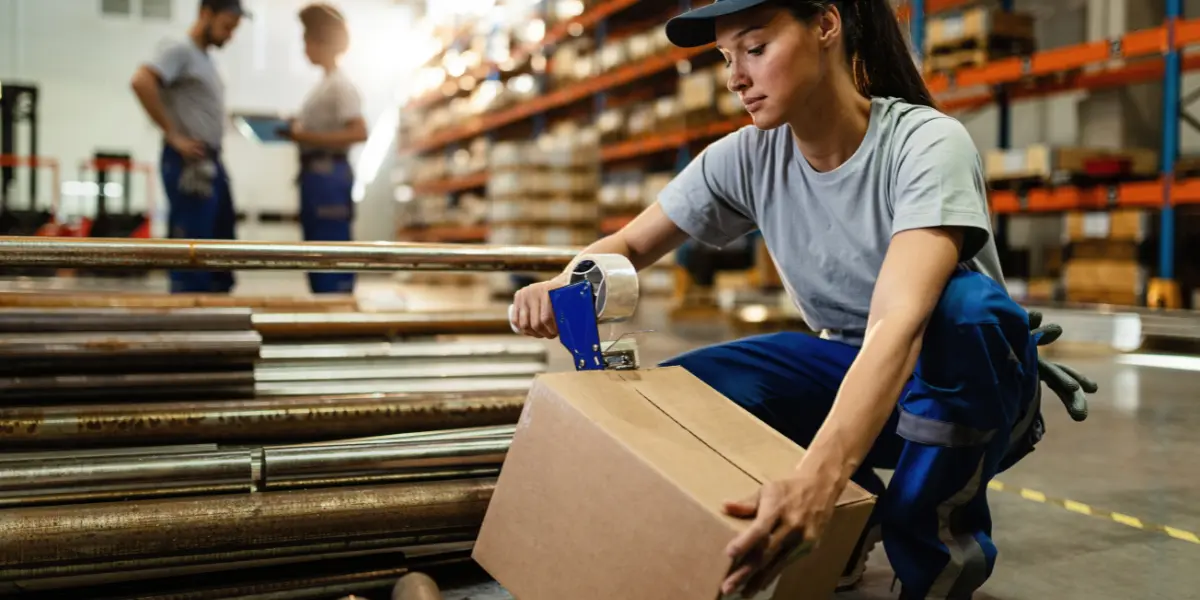
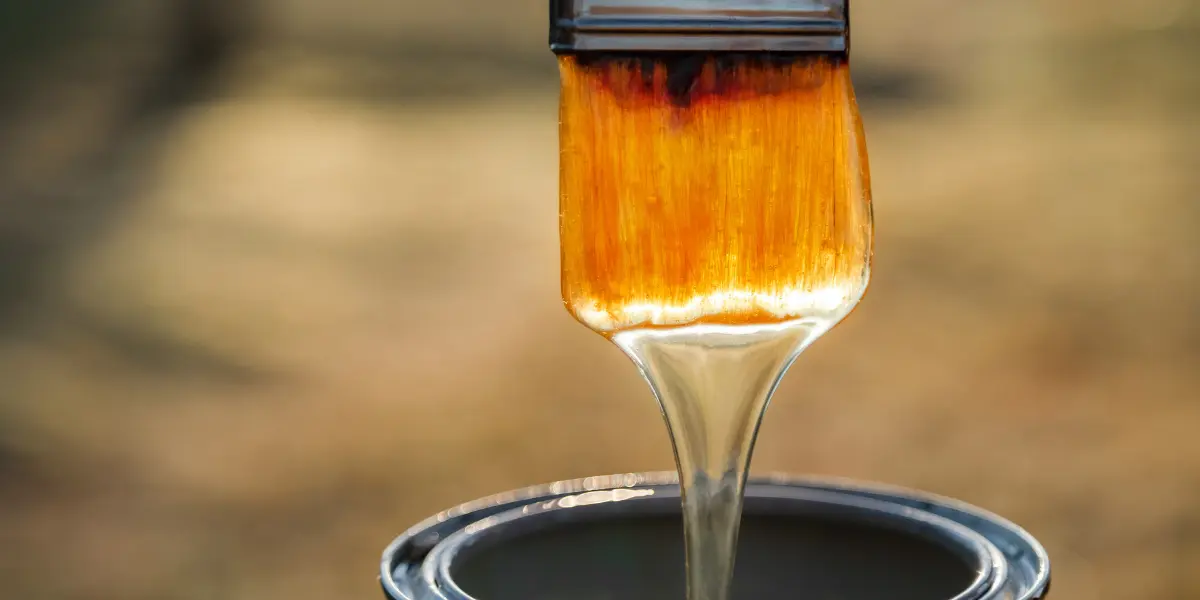
Safety Tips:
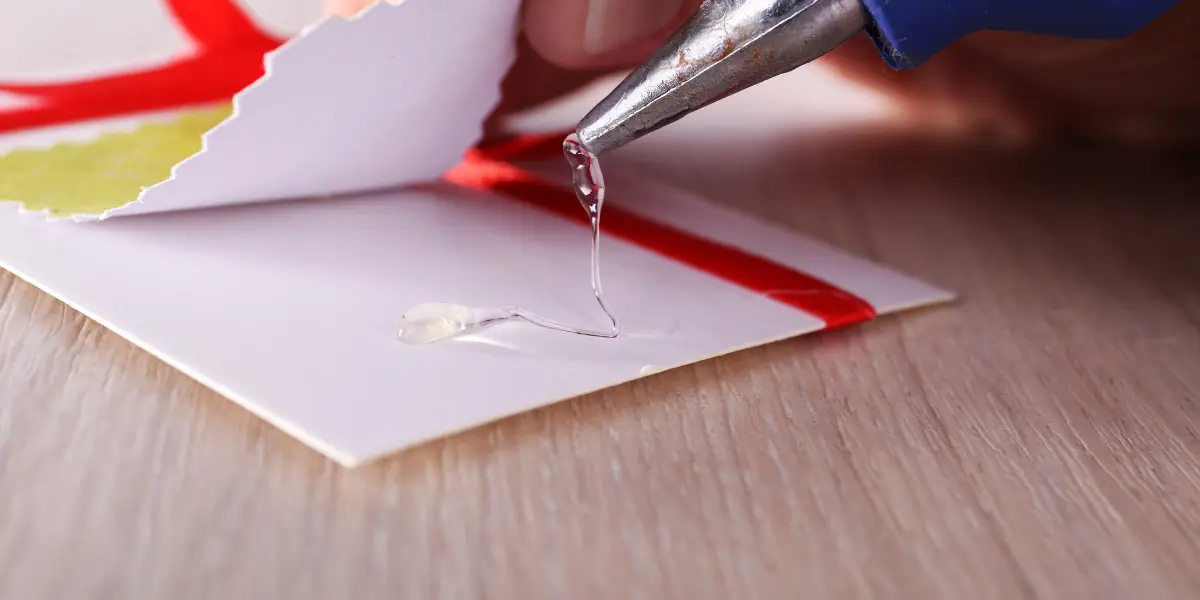
For high-speed carton closing → Hot melt adhesive for packaging
For laminating, label gluing, and books → Water based adhesives
Need Speed? Hot Melt Adhesives Take the Lead
Need Flexibility? Water Based Adhesives Are the Champion
Comparing Cost? Water Based Glues Are Budget-Friendly
Going Green? Water Based Wins the Eco Game
Tough Conditions? Hot Melt Handles the Heat
FAQ's
What is the difference between hot melt and water based adhesive?
Hot melt adhesives are applied hot and bond instantly upon cooling, ideal for fast production. Water based adhesives dry as water evaporates, offering more flexibility and eco-friendliness. The choice depends on materials, speed, and sustainability needs.
Which adhesive is best for packaging boxes?
Hot melt adhesive is best for packaging boxes requiring high-speed sealing and strong bonds on coated or non-porous materials. For eco-friendly or porous packaging, water based adhesives offer excellent hold and sustainability.
Is hot melt adhesive waterproof?
Yes, hot melt adhesive is moisture resistant and suitable for applications exposed to humidity. It's used in packaging, bookbinding, and even hygiene products, offering a durable bond under varied conditions.
Are water based adhesives eco-friendly?
Yes, water based adhesives are considered eco-friendly. They contain low or zero VOCs, are non-toxic, and safe for food packaging. They're widely used in sustainable packaging and industries aiming for reduced environmental impact.
Can hot melt glue be used on plastic?
Hot melt glue works well on plastic, especially using EVA or polyolefin-based formulas. It creates a strong, quick-setting bond ideal for plastic packaging, laminates, and industrial components.
What are the advantages of hot melt adhesive in packaging?
Hot melt adhesives bond instantly, reduce production time, work on coated surfaces, and leave minimal waste. They're ideal for automated lines and offer excellent adhesion, temperature resistance, and long shelf life.
What is water based adhesive used for?
Water based adhesive is used for paper, cardboard, labels, envelopes, wood, and food-safe packaging. It provides a flexible, non-toxic bond and is ideal for applications requiring repositioning or long working time.
Which glue is suitable for food packaging?
Water based adhesives are best for food packaging. They are non-toxic, meet safety standards, and offer clean bonding for paperboard cartons, trays, and labels in food-grade applications.
Is hot melt adhesive toxic?
Hot melt adhesive is generally non-toxic once cooled, as it contains no solvents. However, it must be handled with care during application due to high temperatures. Proper ventilation and PPE are recommended.
Which adhesive is better for fast production lines?
Hot melt adhesive is better for fast production lines. It sets in seconds, requires no drying time, and integrates seamlessly with automated systems, making it the preferred choice for high-speed manufacturing environments.
Mahisa Packaging Systems LLP
Office Address :
Service & Spares :
Sales Inquiry :
Sales phone: +91 98210 49426
+91 84510 70625
+91 72089 76891
Sales email: sales@mahisa.com
Social Links :
Need Help? Chat with us